Photo
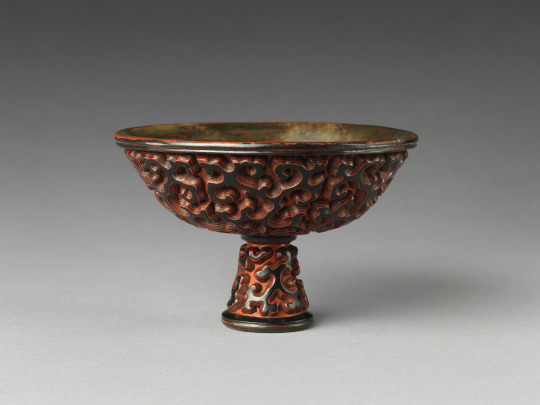
Stem cup with stylized clouds. 14th century.
Credit line: Gift of Florence and Herbert Irving, 2015
https://www.metmuseum.org/art/collection/search/39705
12 notes
·
View notes
Text

Crown of the Holy Roman Emperor from the tomb of Henry VII in the Cathedral of Pisa, ca. 1300-1312
120 notes
·
View notes
Text

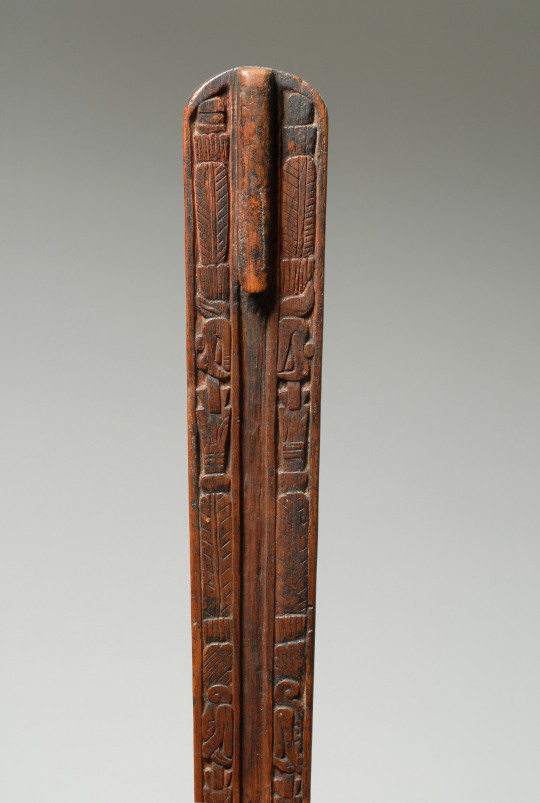

Atl atl
Mixteca Alta, Late Postclassic, 1200-1520 CE
Spear throwers, also known by the Nahuatl term atlatl, were commonly used as military and ritual weapons. They extend the arm of the user, enabling him or her to propel a dart with greater force than would otherwise be possible. This atlatl is made of a single piece of hard wood carved on both sides. The upper surface has a slight protrusion at the distal end to anchor a dart, and it is decorated with a double pattern of paired darts. The lower surface is carved with more complex imagery, which can be read vertically.
23 notes
·
View notes
Text
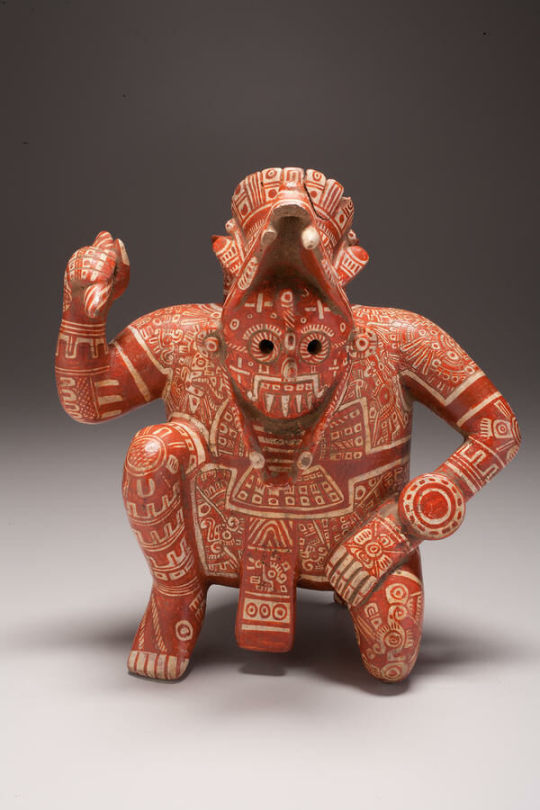
vaisseau du dieu de la pluie. Lieu d'origine _ Mexique, Colima, El Chanal, style mixtèque.
15 notes
·
View notes
Photo
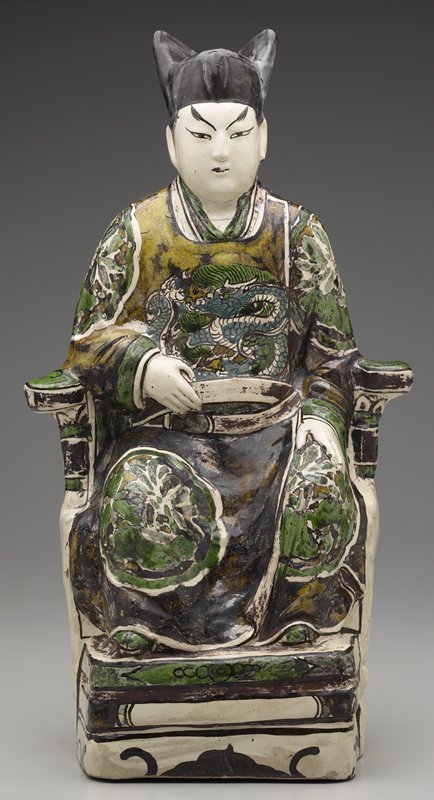
Figure of Wenchang, Deity of Literature, 12th-13th century, Minneapolis Institute of Art: Chinese, South and Southeast Asian Art
male figure seated on a chair placed on a small podium; man has PL hand on thigh and PR hand on belt; glazed in green, blue, brown and yellow; dragon on front of man’s garment Wenchang is the combination of two deified personages. The first is a local deity called Zitong who was worshiped in Sichuan during the Tang dynasty. The second is the deity of the constellation Ursa Major known by the Chinese as Kui. The reason why and how they became to be merged remains unclear, however, after the Tang dynasty the two became a single deity under the name of Wenchang and was venerated as the Deity of Literature. Wenchang is represented as a handsome man in the sitting posture. Sometimes he is also shown standing upon a fish, because the carp of the Yellow River is believed to make an ascent of the stream in the spring of each year, and those who succeed in passing the rapids of Longmen in Henan, become changed into dragons. This supposed transformation of fish to dragon has become an example and synonym for the literary success of the industrious student. The relatively large size and unusual palette of green, blue, and aubergine enamels distinguish this Cizhou ceramic. It is a fine example of early, overglaze enamel decoration.
Size: 17 ½ x 6 7/8 x 7 3/8 in. (44.45 x 17.46 x 18.73 cm)
Medium: Cizhou ware Slip coated stoneware with overglaze enamels on a clear glaze
https://collections.artsmia.org/art/163/
8 notes
·
View notes
Text

“BLACK AND WHITE LIBATION CUP (chiu pa pei) Graceful tazza-shape of its period. Tz'u-chou ware of dense light buff texture.The exterior with a characteristic black decoration presenting two narrow bands which enclose isolated leaf-like forms and small scrolls, while the slender stem is simply glazed in lustrous black. Ascribable to the close of the Sung dynasty, 960-1279, A.D. Height, 3 inches; diameter, 3¾ inches.”
From: “The Kélékian collection of ancient Chinese potteries by Kelekian, Dikran; Art Institute of Chicago; Getz, John” 1917.
1 note
·
View note
Text

“Kyogen Hakama (Unkaku Kyogen Hakama) The earliest Korai tea bowl It is named because the pattern in the middle resembles the pattern of a hakama of a Kyogen-shi.”
Korai tea bowl Made on the Korean Peninsula. It was not originally made as a tea bowl, but many of them "echore" the pottery for everyday use as a tea bowl. As the times go down a little, it will be produced by order from Japan. When cafes were introduced to Japan and the Ashikaga Shogun family and others were doing it, karamono tea bowls such as Tenmoku and celadon were used. When "apology tea" began, attention was focused on the "apology" Goryeo tea bowls, and it seems that Goryeo tea bowls were popular during the Tensho era (the heyday of Nobunaga and Hideyoshi). The names (classifications) of various tea bowls appear below, but these classifications were made by tea masters and are believed to have been completed at the end of the Edo period. It is almost consistent with the current archaeological view.
Korai tea bowls have their own personality in one bowl. Tsukucha cherished its individuality, so the characteristic tea bowl was prized. It is completely different from a karamono tea bowl that is ready like factory production.
The relationship between the Korean Peninsula and Japanese tea ceremony is deep.
In addition to the Korai tea bowl introduced here, the potter who brought back by Hideyoshi's dispatch of troops to Korea became a big bearer of the national ware tea bowl.
12 notes
·
View notes
Text

“Yaozhou Celadon-Glazed Peony Ewer, Northern Song Dynasty”
From: “Tao ci qi jian shang yu shou cang” by Wang, Liying; 1994.
7 notes
·
View notes
Text

“Mounted cup” Silla 7th-8th c., North-South Period, Gimhae National Museum
17 notes
·
View notes
Text
Tongues Untied (1989)

“Black men loving Black men is the revolutionary act.”
In one of the best “short films” (spanning just 5 minutes under the category “feature film”) I have maybe ever seen, filmmaker Marlon Riggs bears his soul in the exploration what Black male homosexuality means in 1980s America and, more importantly, what that identity it means to him. The format of this film is something that I have not witnessed in a very long time. The pace, writing, the cinematography, and the narration work in perfect harmony to create what feels like an anthology poetry book.
Tongues Untied (1989) is a series of art pieces set around the premise that Black Homosexuality is something revolutionary. It is in this way that it relates itself to our reading by Senthorun Raj; Grindring Bodies: Racial and Affective Economies of Online Queer Desire. While the film does not relate at all to the latter implication of the title (Online* Queer Desire) it does touch on the beginning observations about Black Queer sexuality in the modern age. In the first couple of pages Raj dissects whiteness and comes to the conclusion that , “…Whiteness, then, is an inherited system of privileges (Han 2006: 3)”. No one featured in Riggs’ film is white, this is a film exclusively about the Black Male same-sex attraction experience, meaning, this is a kind of love that is not “allowed” by said inherited system of privileges; it is in fact looked down upon even as late as the era of 1990s New Queer Cinema in America. The second part of that is that, again, Marlon is exploring Homosexuality and Queerness which is; “Sex that does not conform to this social imaginary is normalised as dangerous to the health and wellbeing of society”. In the case of all of these Riggs’ filmic thesis is proven to be true, Black Men loving Black Men is, indeed, a revolutionary act.
9 notes
·
View notes
Text
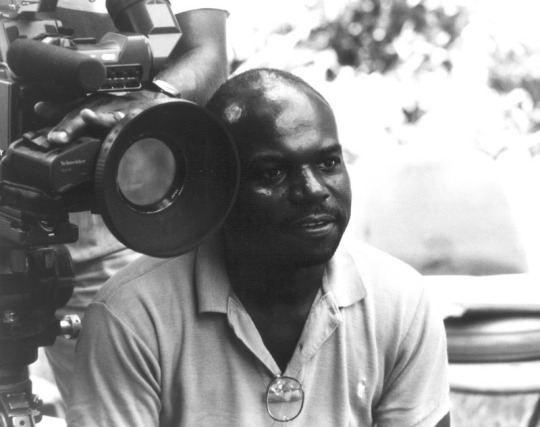
"What conservatives are very adept at, and very insightful about -- in ways that people at the center of America and on the left still don't quite get a handle on -- is how culture, not simply government and business and the law, is critical to control. Patterns of representation, ways of either including or excluding, silencing and erasing different communities and their stories, their narratives. Whether it's in the academy or on television or through the National Endowment for the Arts."
- Marlon Riggs, 1992, Black Gay Filmmaker & Artist, interview in New York Times
91 notes
·
View notes
Photo
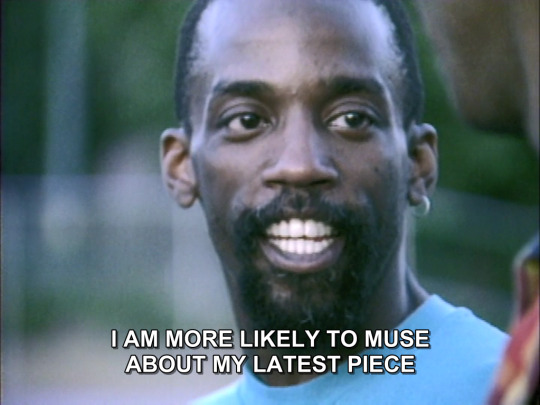



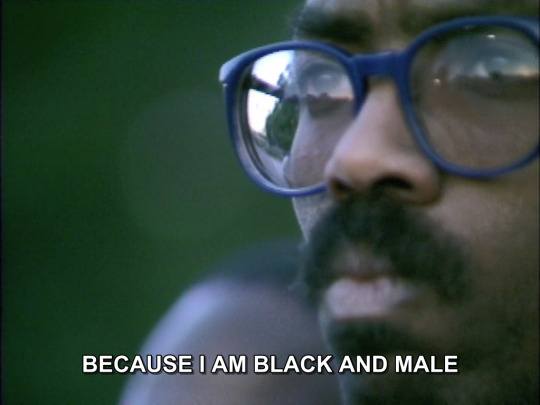
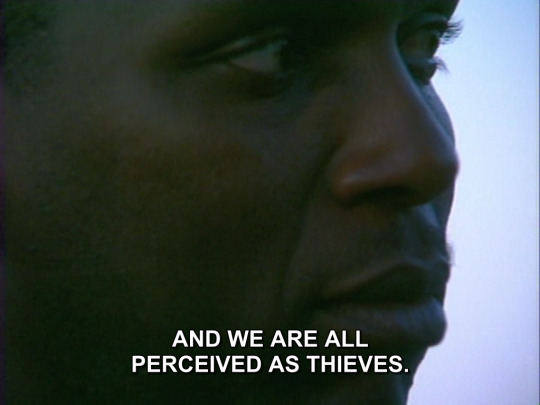



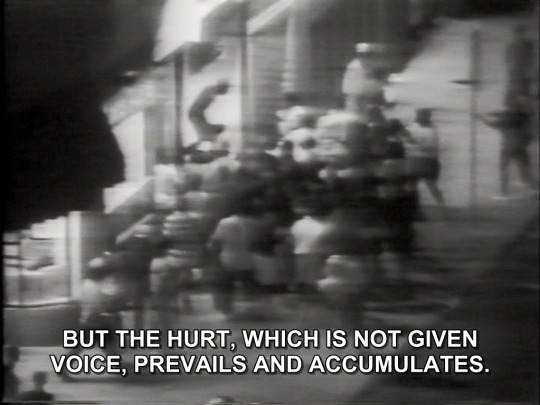
Tongues Untied (1989), Marlon Riggs
2K notes
·
View notes
Photo
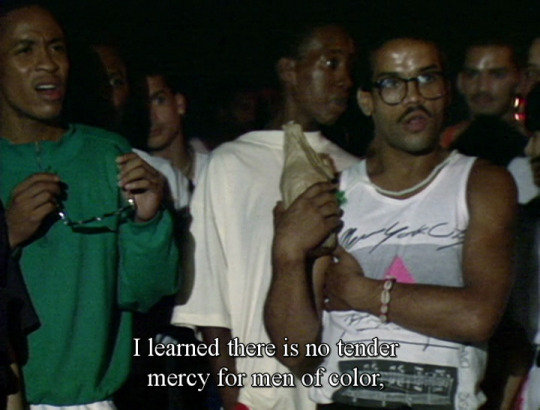
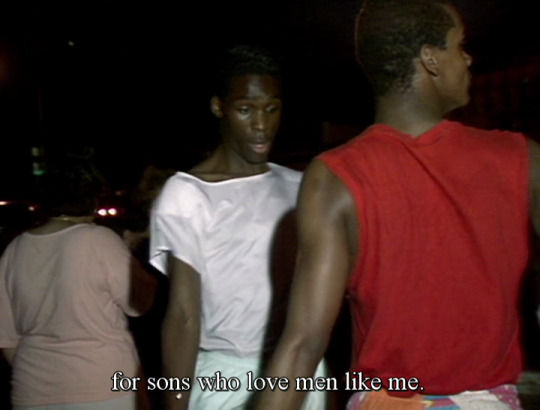


Tongues Untied (Marlon Riggs, 1989)
15K notes
·
View notes
Text
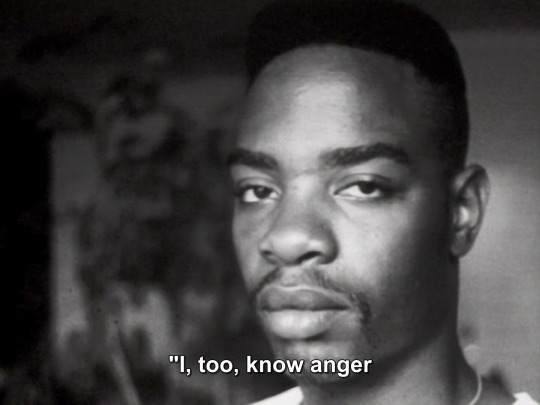
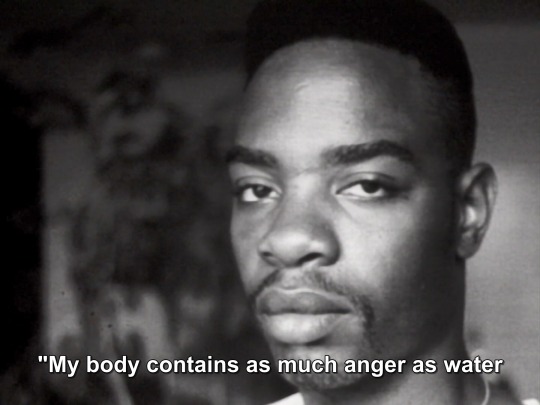
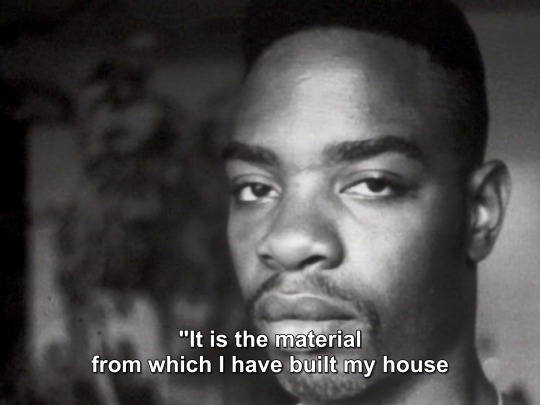


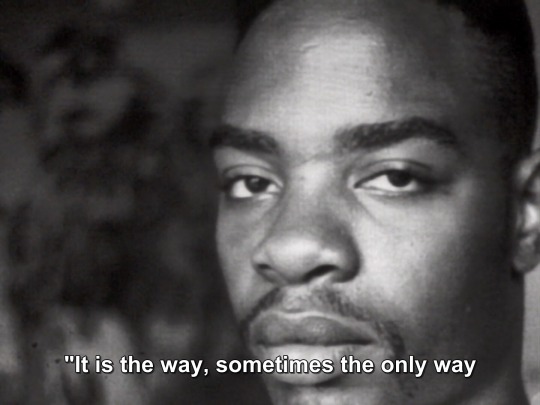

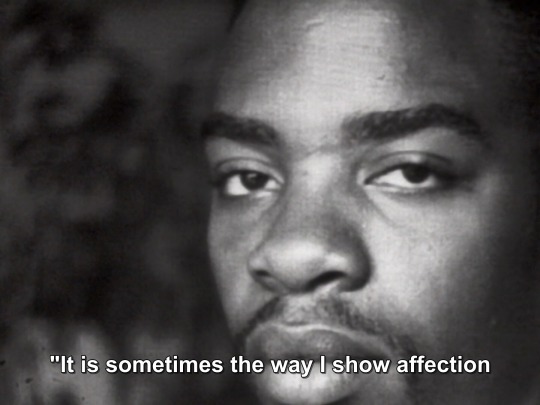
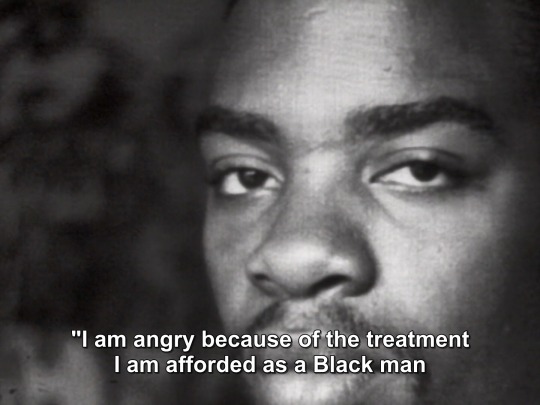
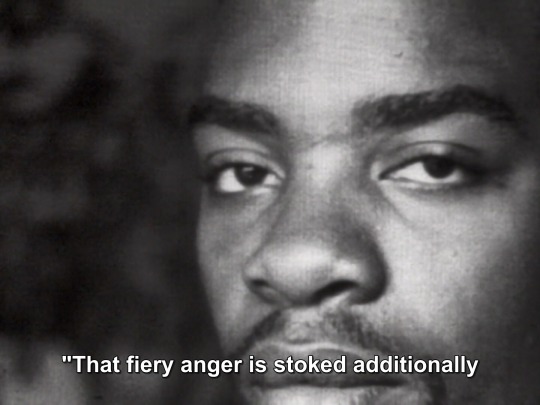

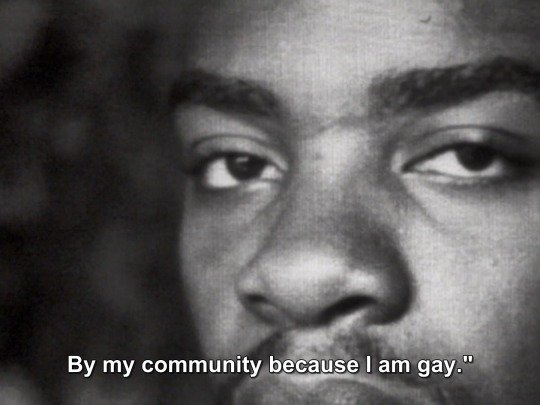
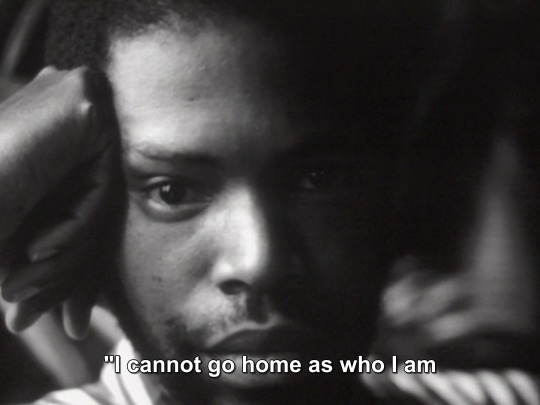
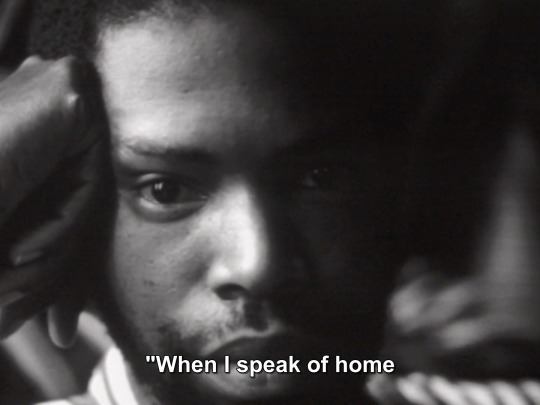


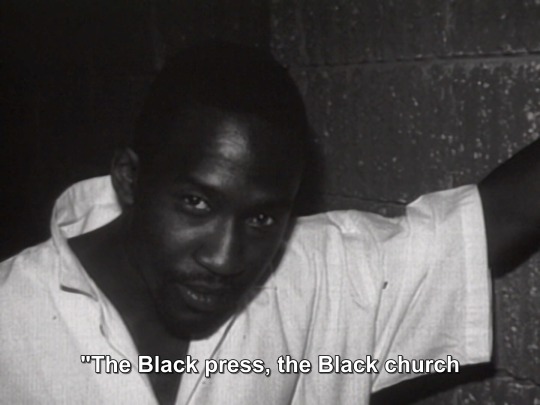
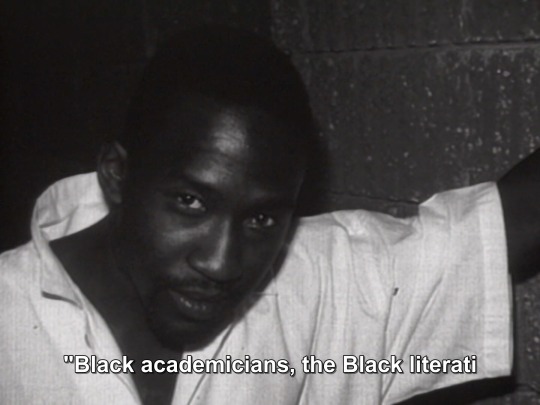

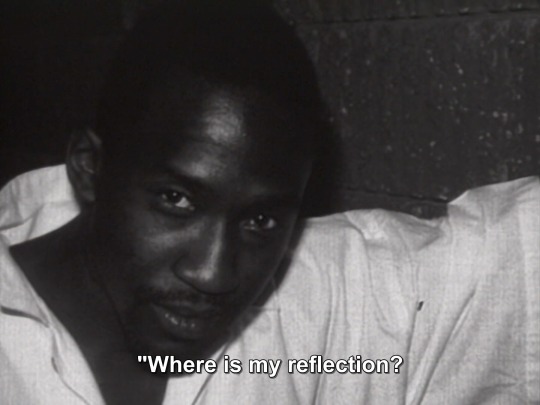

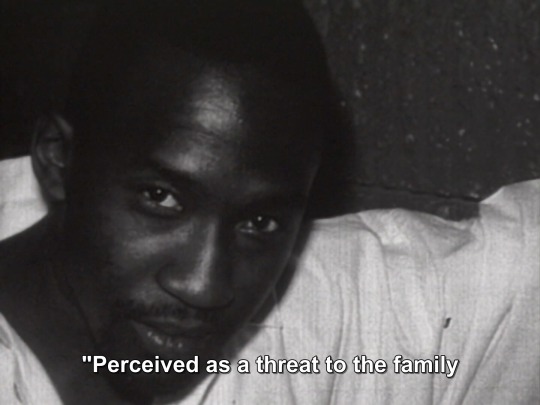
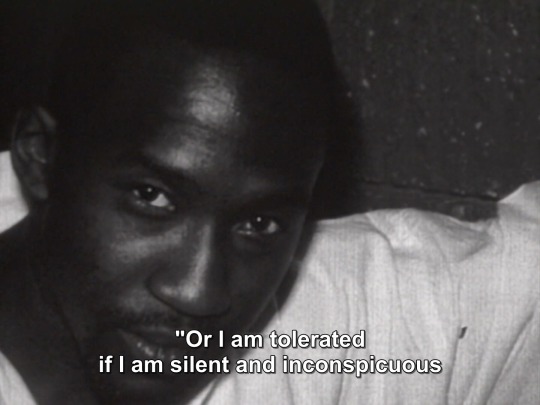


TONGUES UNITED (1990) dir. MARLON RIGGS
892 notes
·
View notes
Text



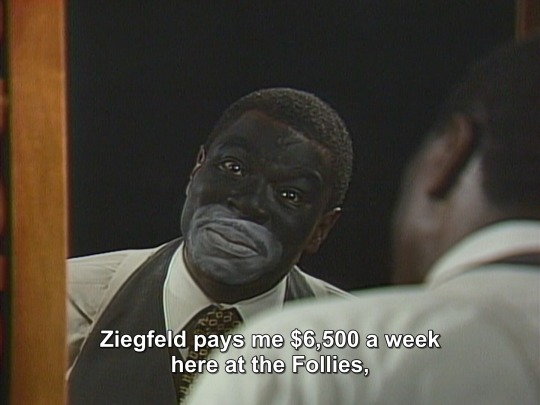




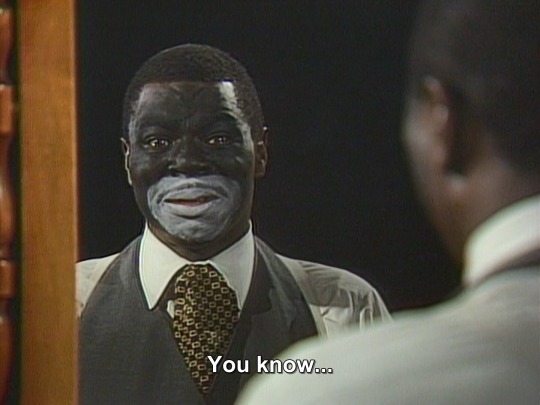
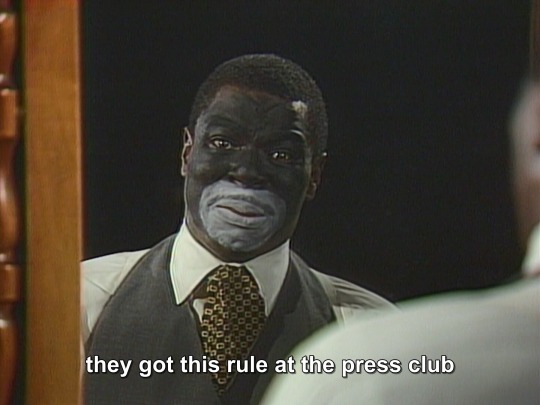
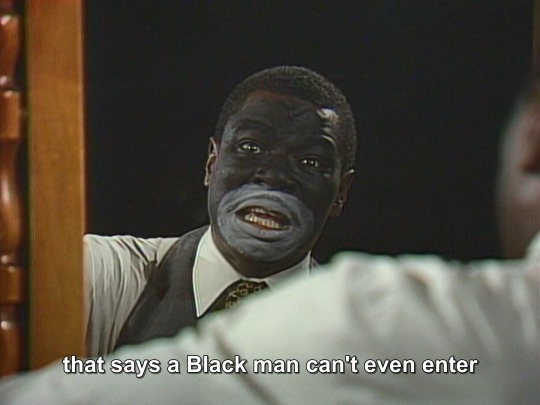
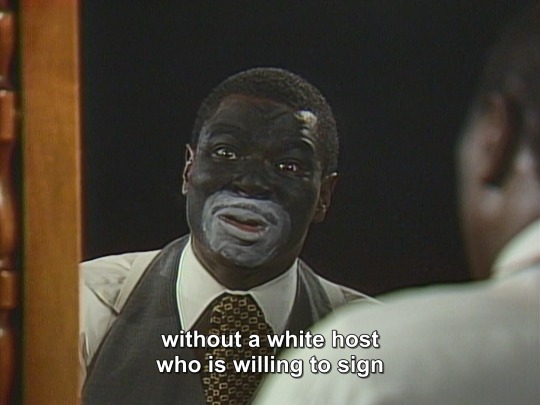


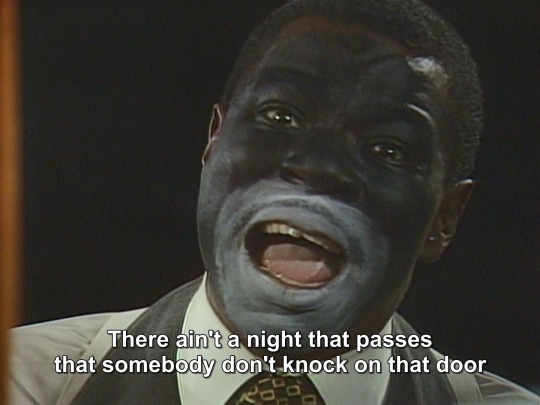



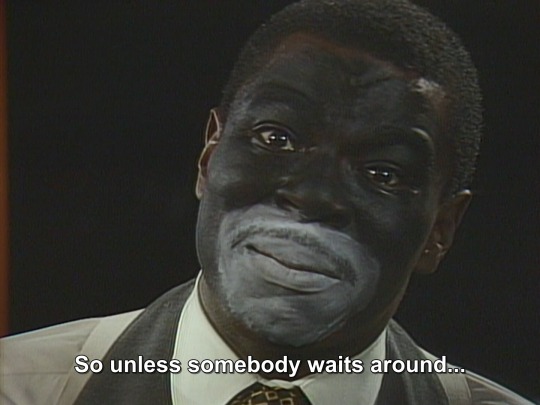


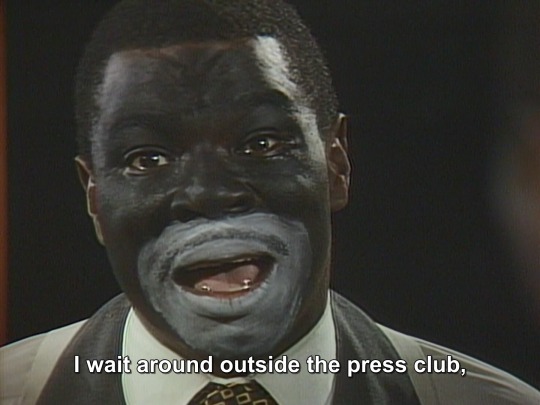


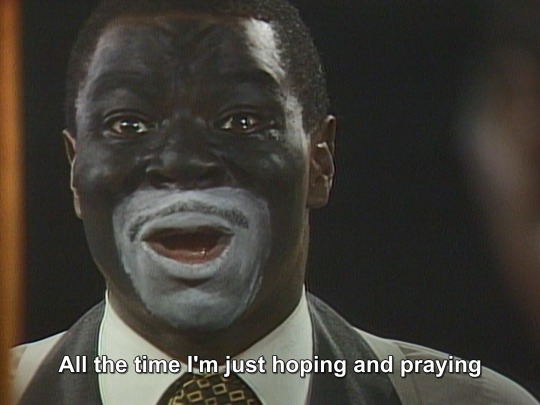


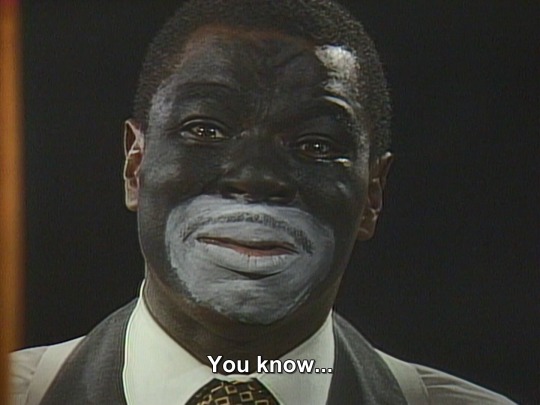
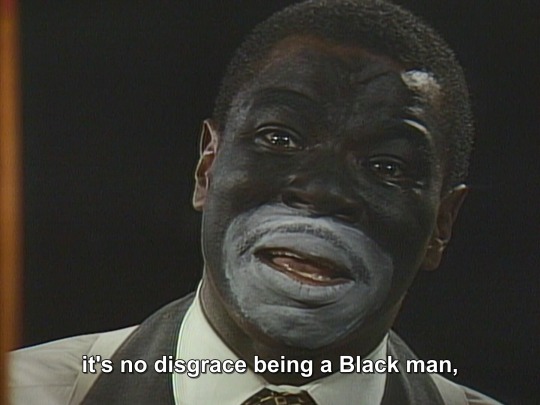

ETHNIC NOTIONS (1986) dir. MARLON RIGGS
2K notes
·
View notes
Text

Orbital map depicting each and every celestial body in our solar system
412 notes
·
View notes
